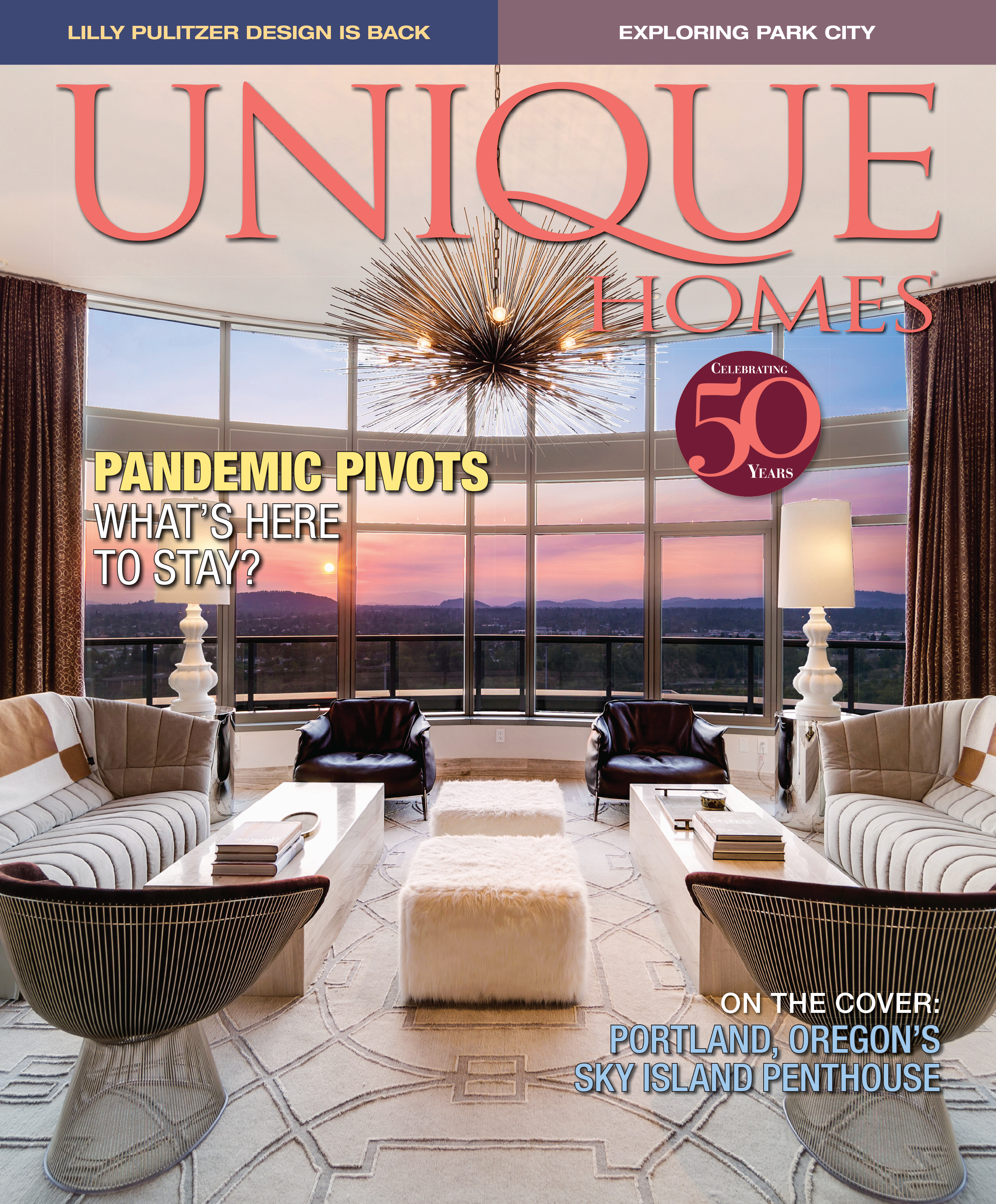Cover photo ©istockphoto.com / Evgeny Zhigalov
Of all the changes brought on by the pandemic, what is here to stay?
From a drone’s eye perspective of 50 years, real estate might resemble a Mobius strip, a never-ending roller coaster of ups and downs with each boom-and-bust cycle sparking small changes and adaptations. But none have had an impact comparable to the pandemic, which ushered in an avalanche of innovation, new ways of doing business and a profound shift in consumer values. Some effects are a temporary response, while many reflect a significant transformation.
“The way that real estate as an industry operates has changed, and I believe it is a microcosm that can be applied to 90 percent of the economy out there. No one is going back, and that means the way we live, work and play changes forever,” observes Marci Rossell, former CNBC chief economist and chief economist for Leading RE. “COVID drop-kicked us into 2030.”
Ask agents if any prior cycle compares to the experience of the last year and a half, and they will tell you the pandemic boom is unparalleled. “I don’t think any Realtor in the country has had the experience we’ve had this last year! Yes, there have been good upticks in certain years in certain places, but never anything like this!” shares Trinkie Watson with Chase International in Lake Tahoe.
“We’ve certainly seen periods where you had to pivot skill sets and be really aware of the market and things that would impact clients, but we’ve never seen anything like the last year and a half, (and) that’s been compounded by a lack of availability,” shares Tami Simms, with Coastal Properties Group in St. Petersburg, Florida, who is also trainer for the Institute for Luxury Home Marketing.
“I think that last year was the most significant year of change from a tech perspective,” says David Marine, chief marketing officer at Coldwell Banker Real Estate. The pandemic market accomplished what major brands had been working on for years. “In 90 days,” he says, “every single real estate agent figured out a way to move the transition online. Now it’s commonplace. It’s no longer an issue.”
“Agents basically skyrocketed 10 years into the future, and they did it in a two-month period,” says Rossell. Rather than an abrupt switch, industry experts see real estate’s seemingly overnight embrace of new technology as acceptance of tools already available. Think of it as “escalating trends that were already underway that would have happened, but they are going to happen almost a decade faster than anyone expected,” explains Rossell.
Will it be a virtual world?
Prior to what Simms dubs “the Zoom age,” she says, there wasn’t a widespread understanding or trust or proficiency with virtual apps. “Now,” she says, “we know how to use it. We’re reasonably proficient at it, and there’s a level of trust. So, we’re able to embrace this technology. You know I don’t ever want to go back to having to communicate with out-of-state buyers purely by telephone.”
Virtual Sales are touted as the main advancement sparked by the pandemic, but an even greater benefit has been an industry-wide recognition and adaptation of virtual apps to enhance and expedite the process from initial views of a property to consumer education. “FaceTime is an effective tool, but really more to give a prospect a better idea of the home, not to induce an offer … though it could,” says Watson.
Looking ahead, agents don’t expect virtual sales to disappear, but they will continue to be a rarity. “I don’t think we’ll see many escrows where the buyer hasn’t physically seen the property. Yes, Zoom and similar will continue to be a part of our lives. Also, more defined photography for our listings … the importance of a comprehensive ‘walk through’ so prospects can get a good feeling for how the house flows,” says Watson.
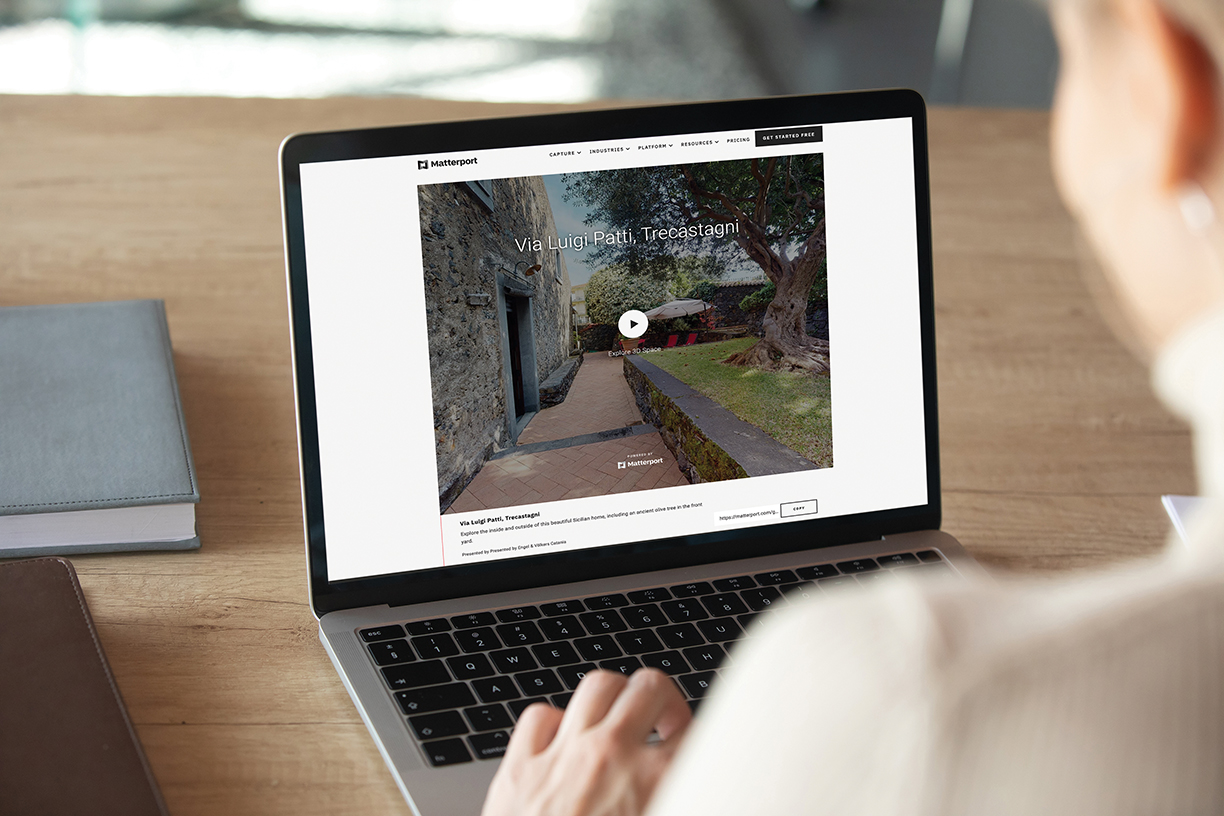
Detailed virtual walk-throughs became more important than ever, with platforms such as Matterport leading the way.
©istockphoto.com / fizkes
“In-person viewings have been very limited. No one wants to go to open houses. No one is walking about a house just for fun. People are looking online. They are viewing the pictures of a listing maybe 10 times before they see a house. So, a showing is more like a fourth showing, and agents need in-depth knowledge of a property,” says Joanne Nemerovski, with Compass in Chicago.
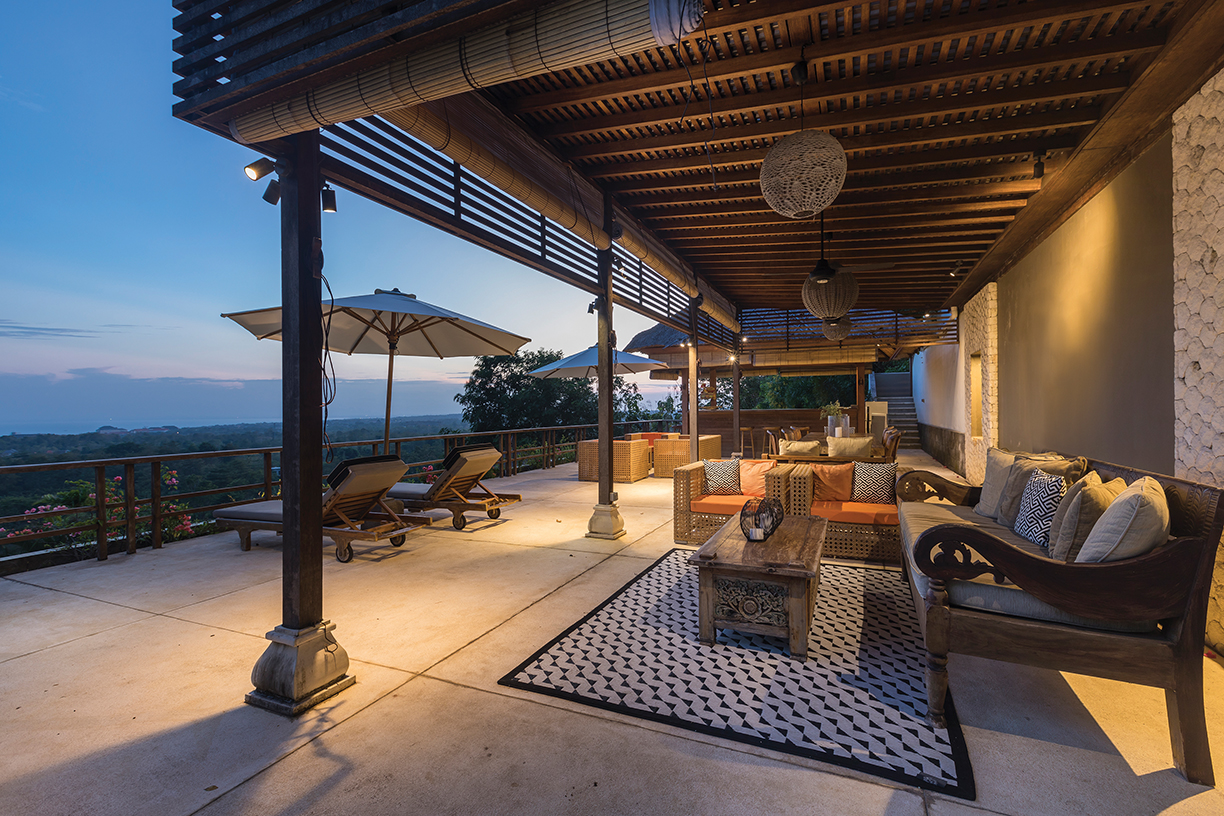
©istockphoto.com / joakimbkk
Dreaming of Home
The ability to work remotely is often cited as the main driver for the surge in sales, but even more fundamental are new consumer values regarding home and lifestyle. Citing millennials, who now comprise a substantial portion of buyers, Nemerovski says many were starting careers and literally were never home, so home basically was a shoebox they visited. “I think that sentiment has changed. Home is where the heart is. It has become the center of people’s lives. People are also more respectful of their homes.”
Everybody wants their dream home,” says Frank Aazami with Russ Lyon Sotheby’s International Realty in Scottsdale, Arizona, “because they just cashed out of another home that maybe they inherited or maybe were there for 20, 30 or 40 years.”
Buyers’ expectations of quality are high and will continue to be so. “People understand the level of finishes better than ever before. We’ve gotten so much better with respecting architects, good architects’ work, good designers’ work,” he says.
“All of a sudden, consumers are finding that now it’s not all about a commute. It’s about ‘does the place that I live offer me the things that I want to do when I have a little extra time, both inside and outside.’ Outside spaces have always been a luxury item, but more so now than ever,” says Simms. Topping wish lists are beautiful recreational facilities, inside and out. Also becoming more desirable is access to nearby outdoor venues such as parks and trails. Before COVID-19, outdoor living was a growing trend; now a connection with nature has become almost an essential for homes, particularly new construction.
Skills Put to the Test
With properties selling days or hours after going on the market and multiple platforms broadcasting new listings, it would seem agents’ skills are not essential. However, the pandemic market has proved the opposite. “It’s been a really intense time for real estate professionals in terms of making sure that their communication skills are absolutely the most important thing that they have, setting expectations, both on the seller side and the buyer side,” says Simms.
“There’s more attention to vetting prospective buyers, making sure they are qualified to buy before showing them property,” adds Watson.
Price is only part of an offer’s appeal to sellers, and crafting a winning offer has been an important skill for agents and buyers in the current market. Even when multiple offers become less of the norm, this aspect of buying will continue to be important.
An intense market tempts buyers to forgo contingencies. “It has been definitely challenging to counsel people on strategies to be successful in acquiring properties, but also in making sure that they truly understand the ramifications of releasing contingencies and know the risks they are taking on,” shares Simms.
“A downside of the intensity has been buyer’s remorse, cancellations before closing, some attempted lawsuits … a result of no inspections, jumping too fast without thorough exploration, et cetera. This would be a small percentage of the purchasers, but certainly a reflection of ‘herd mentality’ going the wrong way!” says Watson, referring to the pressure buyers felt to make a decision.
Cooldown Ahead
With days on market hovering just over 14 in July, prices rising in 99 percent of all metro areas, and double-digit price increases in 94 percent of metros (according to NAR), the current pace might seem no less fevered. Still, indications of a transition are beginning to filter out from a number of locations. Days on market are increasing ever so slightly, and overblown prices are being reduced. Or, as Katie Treem at Keller Williams Realty in Portland, Maine, explains, it might be that a property receives 20 offers instead of 40. “We’re still seeing people moving from New York, Boston, Connecticut and D.C.,” she says.
Also, agents like Treem are just beginning to see a few who bought in 2020 reselling. Sometimes they improved the property, but in others, decided the lifestyle was not what they desire or the commute, even for occasional days in the office, was too difficult.
In Tahoe, Watson says, “I believe the intensity has certainly calmed down, and I suspect very few listing agents will accept an offer from a buyer who hasn’t physically viewed the property. That goes for waived inspections … I’d be surprised if many are doing that any longer.”
No Bubbles Here
Bubble talk has become almost a perennial for real estate, but experts such as Rossell do not subscribe to this characterization of the market. Rossell says, “It’s not a bubble. It’s simply real demand bumping up against severe supply constraints. But this doesn’t mean house prices continue to go up. But what it does mean is you’re very unlikely to see the bottom fall out of the market, the way that you did in 2007, 2008.
“September 11 forever changed the way that we thought about terrorism. And I think in the same way, the first round of COVID in March of 2020 forever changed the way that we thought about public health, and pandemics. I think we’re all going to be living with the reality that at any given time something like this could happen, just like terrorism.”

Days on market are increasing, and overblown prices are being reduced. It might be a property receives 20 offers instead of 40, says Katie Treem at Keller Williams Realty in Portland, Maine.
©istockphoto.com / sara_winter
This story originally appeared in Unique Homes Fall ’21. Click here to see the digital version.

Khaliah O. Guillory, Owner of Nap Bar
A new set of businesses aims to help a sleep-deprived society relax and rejuvenate.
Nap bars. Upon hearing about this concept, various images come to mind, from a series of bedrooms with designated time slots for napping, to a pillowy oasis set in the clouds. While some ideas are more fantastical than others, the meaning behind many nap bar businesses and their missions is far more down to earth.
Whether naps are offered as a complimentary service or finely curated in a luxury setting, the importance of sleep has been reinvigorated by companies like these who know that the benefits of napping are nothing to sneeze (or snore) at in today’s world.
In recent years, with the rise of globalization and businesses running 24/7, productivity can and has for some time become a priority. Maria Jose Hernandez of recharj, a meditation studio headquartered in Washington, D.C., says the needs of the human body should take precedence, however.

An avid lover of naps since childhood, Guillory developed her company as a way to keep herself from “taking naps in [her] car.”
Photos courtesy Nap Bar.
“Science has proven that sleep is how you are able to learn, retain memory — all these functions that we need to be productive.”
Many nap bars and sleep-oriented businesses have been developed by busy business professionals and entrepreneurs who found themselves suffering from sleep deprivation or sleep-related issues. For example, Khaliah O. Guillory was working at a Fortune 500 company and struggled with getting restful sleep when she was inspired to open Nap Bar in Houston. An avid lover of naps since childhood, she developed her company as a way to keep herself from “taking naps in [her] car,” and engage other young professionals to rest, relax and feel rejuvenated through a curated, white-glove napping experience.
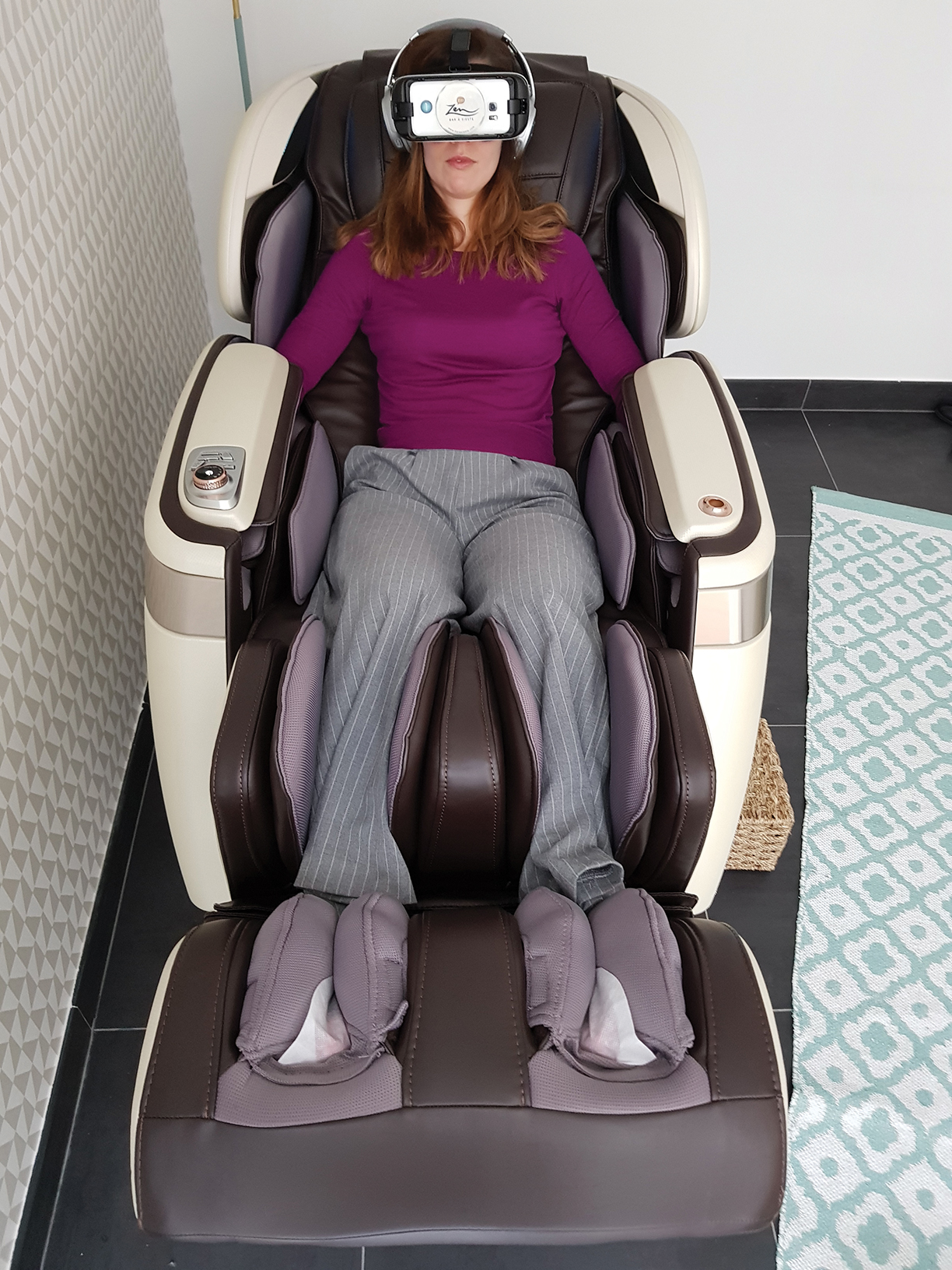
Top: Zen – Bar à Sieste Weightless Chair and VR.
Photos courtesy Zen – Bar à Sieste
Christophe Chanhsavang and his wife, Virginie, have had similar trials and tribulations. From Virginie’s corporate work hours to Christophe’s long hours of study, he realized from his experience working in the UK, China and Greece how much the concept of wellness was nonexistent in the French society. To avoid taking more naps in the office bathroom, Chanhsavang says they founded Zen – Bar à Sieste in 2011 in Paris and have since approached wellness from a holistic perspective by promoting sleep, nutrition, physical activity and mental health.
Professionals in the wellness industry have noted and continue to highlight the importance of sleep, which in turn has led to research and results into the benefits of napping. Guillory offers facts that have helped fuel the educational aspect of Nap Bar, including a NASA statistic that suggests shorter nap durations are better for reducing the impact of sleep inertia, a physiological state of impairment that affects cognitive and sensory-motor performance.*
Mauricio Villamizar, CEO of Pop & Rest in London, takes these findings a step further, noting how a lack of sleep can ultimately lead to disruptions in workflow. “Sleep deprivation is linked to lower productivity at work and it’s one of the main drivers of absenteeism … in the workplace. If we translate this into working days, we are looking at around 200,000 working days being lost each year in the UK only. In terms of economic consequences, it’s around £40 billion, almost 2 percent of the UK’s GDP,” Villamizar says.
Wellness overall has seen a resurgence in strength from businesses like these, as health has come to be the utmost priority of nations around the world. And just like there are many types of methods of getting and staying well, there are a variety of ways to nap.
Pop & Rest is a London-based wellness startup that connects locals and travelers with sleep and meditation pods, offering clients safe and secure spaces to unwind, rest, and work peacefully. According to Villamizar, customers can visit one of the company’s various locations throughout London and become immersed in a calm environment where the pods are situated.
“Once you are inside, your pod will be like a box that features a single bed, small table, along with accessories to change lights, music and the aroma,” he says, noting that everything is built to ensure the best relaxation experience. The pods are movable and soundproofed, and only require a power supply and WiFi connection to function, an enticing offer for companies looking to purchase these pods for their own offices.
The aforementioned Nap Bar curates a luxury napping experience for customers, which Guillory says is ensured by engaging all five senses. For sight, all of the custom suites are outfitted with mood lighting that is adjustable; for taste, a duo of raw juice shots are offered with rich nutrients and ingredients that aid in relaxing the body pre-nap, and waking it up post-nap; for hearing, exclusive brain waves are curated for each client and played inside suites that increases the release of melatonin in the body by 97 percent; and for smell, an aromatherapy pillow mist infused with lavender is available.
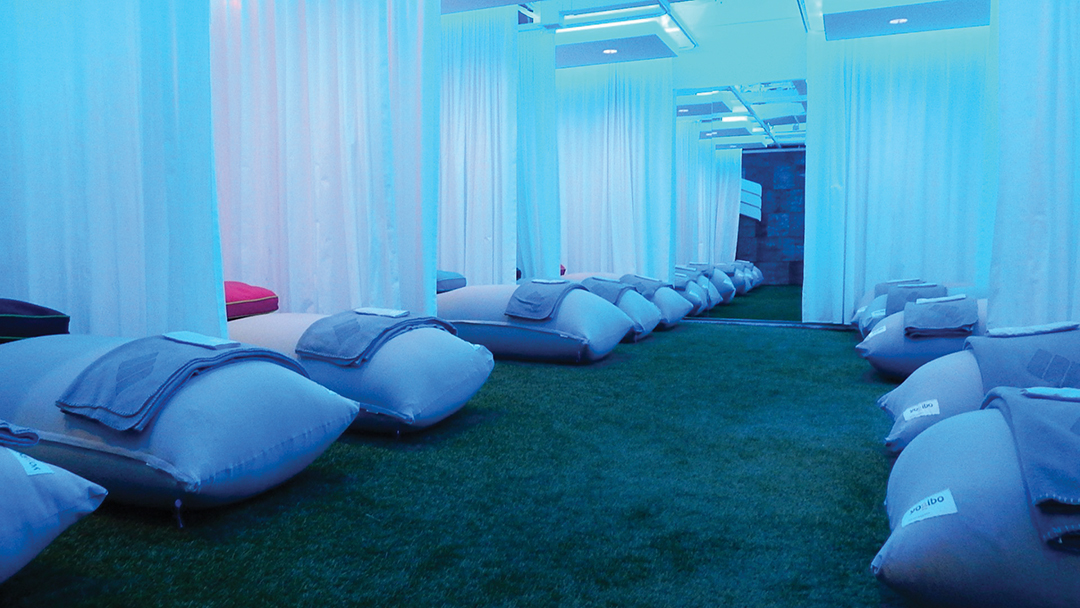
recharj – D.C. meditation room and class.
Photos courtesy recharj
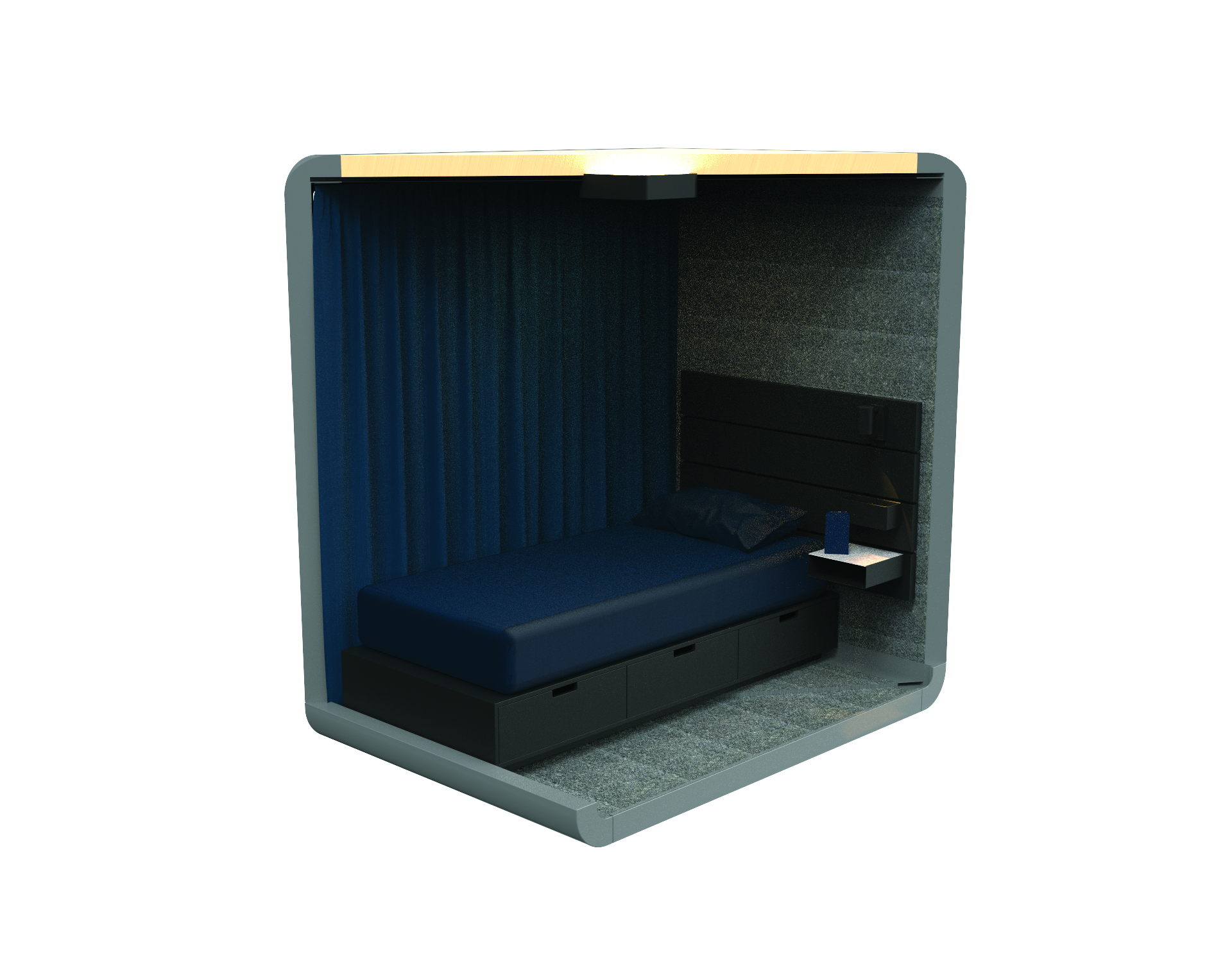
Pop & Rest sleep pod for napping.
Photo courtesy Pop & Rest.
The final sense, of touch, goes a step further, as all suites include an organic, locally sourced mattress, linens and sheets, and each room is painted with toxin-free paint. All of these inclusions are accompanied by a full-service concierge who will guide customers through the experience and help them on their wellness journey
According to Chanhsavang of Zen – Bar à Sieste, wellness is the future of humanity, a future he aims to advance with the Siesta Bar, which combines technological and traditional means of treatment for sleep deprivation. For nap services, customers can choose from a luxurious memory foam retreat, a zero-gravity massage chair or a Shiatsu bed; for aiding in relaxation and overall wellness, complimentary services include massages, virtual-reality meditation and even a fish spa.
As a meditation studio, recharj has been offering premier restorative practices to help clients, which includes the use of power naps. According to Hernandez, during open hours these power nap sessions are curated to be 25 minutes long and offered in large Yogibo chairs, a favorite for many. “A client once described them to me as if you’re laying down in a cloud,” Hernandez says, which only adds to the whole-body experience.
Binaural beats are also incorporated into the nap session, a type of music melody that registers at different frequencies that are meant to relax your body and get it ready for sleep. Overall, the studio aims to bring a sense of relaxation as well as mindfulness through meditation to its clients. “We offer workshops about mindful leadership, mindful communication and mindfulness in general,” Hernandez says, which in turn helps clients learn ways to de-stress and regain focus on whatever tasks lay ahead.
Unlike the typical fad that comes and goes, wellness is rooted in a deep need for comfort and stability. As we write this, we’re in the midst of a public health crisis, and brick and mortar locations may not be open. But there are ways to implement the wisdom of these businesses from your own home. Studios like recharj continue to offer online meditation classes, in an effort to keep a consistent schedule that is based solely on keeping well. And though the future is uncertain, businesses like Pop & Rest, Nap Bar and Zen – Bar à Sieste continue to work and create solutions for customers, from promoting online educational sessions and tips to developing applications, products and services for when businesses are fully up and running.
“Wellness is not just a fashion, but a fundamental trend in our societies,” Chanhsavang asserts. “Hopefully the nap services and related businesses will become a game-changer in the hospitality industry.”
*Source: NASA conducted a study on sleepy military pilots and astronauts and found a 26-minute nap increased productivity by 34 percent and alertness by 54 percent.
FOR YEARS, NEW TECH COMPANIES HAVE BEEN THOUGHT OF AS THE ‘DISRUPTERS’ IN THE REAL ESTATE INDUSTRY. BUT SAVVY REALTORS ARE POSITIONING THEMSELVES AS THE AGENTS OF CHANGE.
The current market shift from buyers to sellers generates the most attention, but the number of sales and pace of price appreciation are only one swell in the wave of transformation rolling through the real estate industry. Technology is typically hailed as the disrupter, but changing demographics, new lifestyle aspirations and evolving buyer preferences are all at play in today’s real estate landscape.
“If you ask anyone that has been in the business more than 10 years, they say ‘here we go again.’ More paperwork, more platforms, more new companies, more new agents. Yet, ultimately real estate is the same. Our clients require handholding, advice, and moral support, deals get negotiated, and transactions finalize or fall apart. Yes, there are slight shifts in the marketplace, but generally, it still functions the same,” shares Lucio Bernal, a broker associate with Coldwell Banker Residential Brokerage in Palm Springs, who is also an expert trainer with the Institute for Luxury Home Marketing.
What is changing is almost every other aspect of real estate from tools to facilitate broker client relationships to virtual reality apps enabling buyers to envision making a prospective property their own. Increasingly agents are looking to their brokerages to keep pace with technology. “They are leaning on their brokerages, more than ever, to help arm them with tools, from digital marketing to smart, proactive customer relationship management systems (CRMs) that will keep them cutting edge, as well as those they can’t afford to leverage on their own,” says Stephanie Anton, president of Luxury Portfolio International. Additionally, affiliate groups like Luxury Portfolio and major brands have amped up marketing capabilities so agents can easily create a cohesive campaign.
There might be a technology revolution taking place in real estate, but market shifts are reinforcing the importance of the agent. “Technology has always been the present. It’s how you use it that benefits you the most,” shares Bernal. “The perfect example is: If you are dealing with a consumer, they are more likely to use you based on reputation and recognition than whether you know a certain app or technology platform. Technology should be used as a resource and compliment your ability to get face-to-face and maintain contact with a consumer.”
At this time last year, blockchain and the impact of virtual reality and artificial intelligence on real estate were being debated. Today, the chatter is about portals morphing from search engines to places to buy and sell homes, a new classification the industry characterizes as iBuyers. Opendoor, founded in 2013, started the trend, followed by others including Offerpad and Knock. Zillow and Redfin have also introduced iBuying in some markets. iBuyers purchase consumer’s homes outright using analytics that enable them to come up with a price based on the home’s perceived value, usually within days. Unlike homes sought by flippers, these are not troubled properties and offers reportedly are close to the value estimation. Other portals are beefing up offerings for consumers, adding mortgage and title services. Startups such as Purple Bricks offer a new twist on the flat-fee concept.
Investor dollars from venture capital and hedge funds are flowing into real estate, fueling many new ventures, which is another change potentially revamping the industry. “Everyone is investing in technology to disrupt or change real estate,” says Mark Choey, co-founder of Climb Real Estate, a San Francisco brokerage, which was acquired by Realogy’s subsidiary NRT in 2016. The real estate industry is rapidly shifting, and innovation is not just welcome, it’s desperately needed,” said founder Chris Lim, whose background is in marketing. Choey hails from the tech sector. Climb was the first brokerage to work with Matterport and continues to incubate emerging apps and work with new vendors.
ENABLING THE AGENT
Among traditional brokers, Keller Williams and RE/MAX are often noted for new tech initiatives, but almost every brand and national affiliate group is boosting technology offerings and platforms, often through relationships with providers and new tech venders including virtual staging, enhanced CRM and 3D tours and imaging. Technology ultimately benefits consumers, but traditional brands and affiliates say their focus is enabling their agents to do a better job.
“Everything has shifted in many different areas from the brokerage level, the buyer level, who the buyers are, what they are looking for,” says Sally Forster Jones, executive director, Luxury Estates, Compass. “I think there is a shift in the way that brokers are functioning. They are more innovative with more technology and more marketing as opposed to the older traditional real estate firms.
“Consumers care about responsiveness. They care about the fact that if they reach out to an agent, whether it be on their website or mobile app the agents gets back to them instantly, and technology can help with that,” says Marilyn Wilson, founding partner of real estate consultants WAV Group and also a founder of RETechnology.com.
“Technology has always been the present. It’s how you use it that benefits you the most. The perfect example is: If you are dealing with a consumer, they are more likely to use you based on reputation and recognition than whether you know a certain app or technology platform. Technology should be used as a resource and compliment your ability to get face-to-face and maintain contact with a consumer.”
Tapped by Google to create a virtual staging app using augmented reality, Sotheby’s added Curate to agent toolboxes last year. Not only can a homeowner visualize a home before buying, but a partnership with a home furnishings company allows potential buyers to virtually furnish the home as well.
“A depth of understanding of what a property has is really important to consumers. The other thing that consumers are responding to online are floorplans,” says Wilson.

GETTING REAL WITH VIRTUAL
In the last year, GeoVC, a tech start-up offering 3D immersive tours and floorplans that can be created using next generation smartphones, integrated virtual staging, exterior 3D scans, and aerial 360-degree panoramas captured with a drone with interior 3D tours. “Outdoor imagery is captured using a regular drone, automatically processed into a 3D model, and integrated together with interior virtual tour. Such an exclusive experience will differentiate luxury properties with beautiful facades and roofs, and spacious lots,” shares Anton Yakubenko, co-founder and CEO of GeoCV.
“Luxury has really turned into personalization now,” comments Thompson. Tools like Curate, RoOomy and virtual staging apps enhance opportunities for personalization. Thompson explains: “Someone can walk into a home and say, ‘not my style,’ but it doesn’t matter because I have the tools that allow me to make it feel like what I want it to be.”
Even Compass, which touts itself as “The first modern real estate platform, paring the
industry’s top talent with technology,” says technology is there to benefit the agent. “Compass is building for the agent. Every program, tool, and service is (created) with the agent in mind. Many of the other real estate technology companies out there are working to improve the consumer experience and not focusing on the agent. We believe that by empowering the agent, consumer experience will be improved,” says Sarah Vallarino, head of West Region Communications at Compass.
“Talking to agents, the message we consistently heard was ‘give us technology,’” says Thompson. “They didn’t necessarily know what that technology was just that they needed it. They understood that the industry was changing, and consumer behavior was changing. They know because they’re the boots on the ground and so they can feel the shift in consumer behavior.”
As markets shift, agents are retooling, once again looking at how they do business and what skills and knowledge will be required. “It’s always either somewhat of a buyer’s market. It’s somewhat of a seller’s market. You just have to have your tools in your tool shed and the mindset to be nimble enough to adjust as you read the tealeaves, ” is Wilson’s suggestion.
“Luxury has really turned into personalization now,” comments Thompson. Tools like Curate, Ro0my and virtual staging apps enhance opportunities for personalization. Thompson explains: “Someone can walk into a home and say ‘not my style,’ but it doesn’t matter to me because I have the tools that allow me to make it feel like what I want it to be.”
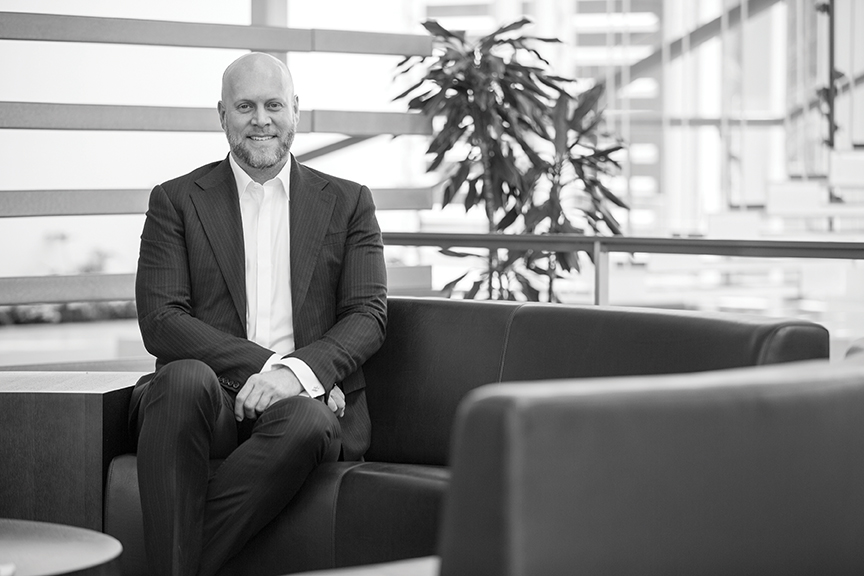
AGENT PIVOTS
“Many long-time successful agents are being the clever, resourceful entrepreneurs that they are and changing with the market as the market shifts,” says Anton. “Agents today talk about how much of their time and value derives from being an educator for their clients. They partner with their clients to keep them armed with as much information, insights and insider activity as they can, so when it comes time, for example, for an agent to recommend a price reduction, the client is completely aware of the statistics, days on market, what is moving and what isn’t. Nobody wants to have an overpriced home that is sitting and not selling even in a hot market.”
“Today, clients will attempt to collect their information on their own, perhaps from incorrect sources, so agents report pivoting, now more than ever, to spend a lot of their time educating their clients,” she says.
Regarding slowing sales or price appreciation, Anton says: “I highly recommend agents tell the truth, focus on educating their following/clients, and in the process, let their own voice be heard and be themselves. If the market is cooling, share the stats and manage expectations. It’s not the time to be overly positive and cheery as you will come off inauthentic and salesy. Focus on the facts, insights and provide professional guidance.”
“Agents have to stay on top of what is available to them and the consumer. It is imperative to be able to explain the data, to have polished negotiation skills, and to know when to assist the consumer in processing that information,” says Bernal.
“Agents should take full advantage of all the resources that the brands they work with provide. The majority of agents won’t, and that has never changed. Those that want an edge in the industry recognize that there is value in resources and take advantage of some of them. For most agents, resources are overwhelming, and therefore don’t take the time to learn and use them,” says Bernal.
Thompson recalls, “We had to dig in and find out what exactly is it that they (agents) need that will make a difference for them in their day-to-day because they think, you know, there are lots of real estate brands that tout themselves as technology companies, but they really don’t have anything really different.”
“Everything has shifted in many different areas from the brokerage level, the buyer level, who the buyers are, what they are looking for. I think there is a shift in the way that brokers are functioning. They are more innovative with more technology and more marketing as opposed to the older traditional real estate firms.”
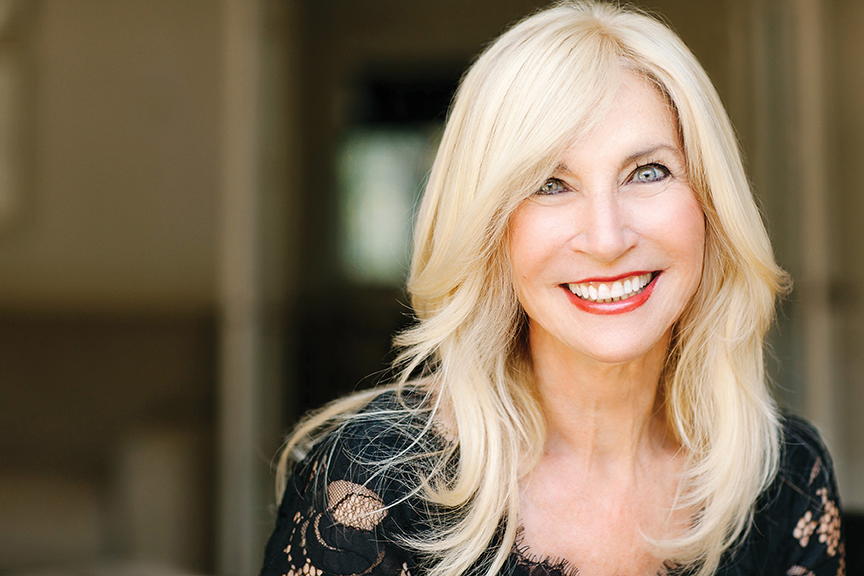
EYE ON THE FUTURE
Mark Choey from Climb says, “I think you’re going to see a lot of change in the next year or two,” most likely from many directions. Choey is head of Climb’s Innovation Lab. Having an innovation lab, particularly for a small company, is in itself an innovation. “You’re going to have some business models that are going to evolve, like Opendoor and Knock, that are really going to change the way people buy and sell homes, but it’s not gonna change everything, right. You’re going to have Redfin, Zillow and others come out with tools and things that are going to attempt to either reduce the commission or to simplify to transaction. On the other hand,” he says, “you’re going to see traditional real estate firms arming themselves with technology.”
And while some tout themselves as technology companies, Thompson doesn’t see traditional and technology as being mutually exclusive terms. “You don’t have to be one or the other. People think of Sotheby’s as a heritage brand because we’re been around for close to 300 years now. But a heritage brand can also be tech savvy. It doesn’t have to be one or the other.”
Looking ahead, Bernal says, “The real estate industry has to take both a broad look and a hyper-local look at where the marketplace is based on data and individual perspectives. We say that real estate is local, yet there are many determining factors that create a web of interconnected behaviors throughout the world of real estate.”
Consider Los Angeles, Manhattan and Miami, where the impact of fewer international buyers extends beyond sales and prices. Post-recession, international buyers became a market force determining what was being developed, locations and price points. On the West Coast, view properties and contemporary architecture were particularly favored by Asian buyers, and new builds were often geared to these buyers. Now many L.A. buyers, particularly in higher price points, are local or hail from the U.S. and have different expectations of luxury with walkable locations and neighborhoods taking precedence over views. “That’s a shift and it will continue to be a shift because we have a lot of properties coming on the market geared toward that international buyer,” says Jones.
The desire for the ability to walk to shops and restaurants is happening across all price points, according to Jones, and these new preferences are not limited to L.A. Walkability has been associated with urban settings, but increasingly this characteristic is being applied to suburbs, towns and master-planned communities.
Traffic and gridlock also add to new preferences for locations. In the not too distant future, traffic itself may be seen as even more of a disruptor than it is now, changing where people live and property types.
Photo of Lucio Bernal by Cherie Johnson for Moncherie Fotography. Photo of Sally Forster Jones by Lauren Hurt. Photo of Kevin Thompson courtesy of Sotheby’s International Realty.

Giuseppe Tomasetti, a former international business lawyer and the founder of Tomasetti Family Winery, has been selected as the featured speaker for the 13th Annual Luxury Real Estate International Symposium. The esteemed event will take place January 16th through the 18th in Milan at The Westin Palace, where Who’s Who in Luxury Real Estate members will convene to share with other leaders in the industry, network with top real estate professionals and build their global referral network.
Since 2015, Giuseppe Tomasetti has been a full-time farmer and wine producer at the Tomasetti Family Winery, a boutique winery he established with his family in Santa Croce di Polesine, in the Bassa Parma region of Italy, in 2006. Although prior to his vintner years, much of his life was spent in the U.S. He received his JD degree from George Washington University and served as legal counsel to US House and Senate politicians followed by his own practice emphasizing in area mergers and acquisitions as well as international corporate tax and finance.
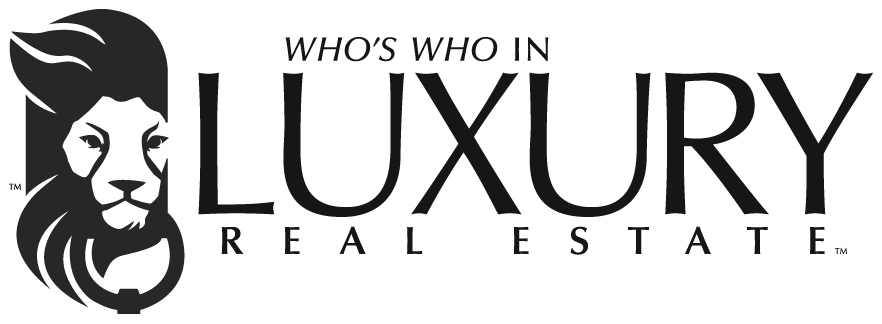
Drawing on his years of experience in cross-border commercial agreements and acquisitions that sometimes required as many as five jurisdictions, Giuseppe Tomasetti will address the present state of the luxury real estate market from three perspectives. He will examine common errors Europeans and Americans tend to make outside their respective markets. Tomasetti will also discuss external influences, such as the profound effect the generational passage has already had on the market along with the matter of weather and how significant of a role it can play.
Photos courtesy of LuxuryRealEstate.com.

Inventory constraints that have fueled a sharp rise in home prices and made it difficult for buyers to gain a foothold in the market will begin to ease in the new year as part of broad and continued market improvements.
The easing of the inventory shortage, which is expected to result in more manageable increases in home prices and a modest acceleration of home sales, is being predicted based on developments first detected by realtor.com® late this summer. The annual forecast, which is among the industry’s bellwethers in tracking and analyzing major trends in the housing market, also foresees an increase in millennial mortgages and strong sales growth in Southern markets. The wildcard in 2018 will be the impact of tax reform legislation currently being debated in Congress.
The new year will set the stage for a significant inflection point in the housing shortage. Inventory increases will be felt in higher priced segments after spring home buying season, which we expect to take hold and begin to provide relief for buyers and drive sales growth in 2019 and beyond.
Realtor.com® Forecast for Key Housing Indicators
Housing Indicator
Home price appreciation
Mortgage rate
Existing home sales
Housing starts
New home sales
Home ownership rate
Realtor.com® 2018 Forecast
3.2% increase, enabling a sales pickup
Average 4.6% throughout the year and reach 5.0% (30 year fixed) by the end
2.5% growth, low inventory trend starts to reverse
3% growth in home starts; 7% growth in single family home starts
Increase 7%
Stabilize at 63.9% after bottom in Q2-2016

For the full story — which includes Five Housing Trends for 2018 and the Top 100 Largest U.S. Metros Ranked by Forecasted 2018 Sales and Price Growth — head to Realtor.com
Images from Realtor.com
The fourth largest real estate brokerage in the U.S. has acquired California-based Teles Properties, its 530 agents, 20 Locations and innovative marketing platforms.



The operations of Teles are now under the umbrella of Douglas Elliman, making Elliman the second largest non-franchise brokerage firm in the State of California. Teles partners Peter Loewy, Sharran Srivatsaa, Peter Hernandezand Evan Ageloff continue to have integral roles within Douglas Elliman, Western Region.
Douglas Elliman spans 21 offices with 630 sales associates in California and 58 sales associates and 5 offices in Colorado. The acquisition also adds a Boulder location to Douglas Elliman’s Colorado brokerage, which already operates in four locations in Aspen and Snowmass Village. In 2016, the combined organization accounted for more than $27.4 billion in total closed sales volume nationwide. Across the United States, Douglas Elliman will boast 110 offices and more than 7,000 agents.
“Our search for an exceptional company that offered unrivaled technology and marketing platforms, whose agents mirrored the entrepreneurial spirit of Douglas Elliman, led us straight to Teles Properties,” said Howard M. Lorber, chairman of Douglas Elliman Realty, LLC. “For almost a decade, buyers and sellers in California and Colorado have trusted Teles with one of their most valuable assets and important life decisions.”
Long time Elliman executive Stephen H. Kotler — who Douglas Elliman named president of brokerage for the western region in 2016 — will expand his role as chief executive officer of brokerage for the western region, overseeing operations throughout California and Colorado.
“We are proud to welcome Teles Properties and its fine team of real estate professionals to Douglas Elliman,” said Kotler. “Both brokerages share the same high level commitment to advancements in technology and marketing aimed at delivering exceptional real estate experiences for clients. We are extremely impressed with Teles’ innovative marketing and technology platforms and approach to agent training and development. This move greatly strengthens our presence in California and Colorado where Teles’ impressive track record in the luxury home market speaks for itself.”
With more than $15 billion in cumulative sales since 2012, Teles Properties has been a prominent force in serving sellers and buyers of California and Colorado homes, ranging from oceanfront houses in Orange County to Malibu mansions to cliffside estates in Pebble Beach.
“After a decade of growing this company to nearly 600 licensed professionals and staff, I consider this union with Douglas Elliman to be our best growth initiative yet,” said Peter Loewy, the chief executive officer of brokerage for California.
“There is no other company that could match the national and international reach that our agents and clients will gain from this union,” agreed Sharran Srivatsaa, the president of brokerage for the western region.
“We are joining forces to bring the strongest global real estate experience together under one organization,” added Scott Durkin, chief operating officer of Douglas Elliman Real Estate. “This is an excellent acquisition for all, because, as part of Douglas Elliman, Teles agents will have more opportunities for exposure while expanding service areas and professional expertise for home buyers and sellers throughout California and Colorado.”
Teles executive Peter Hernandez will stay on as president of brokerage for California, and Evan Ageloff will serve as chief operating officer of brokerage for the western region.
For more information, visit www.elliman.com.


